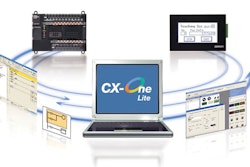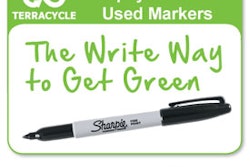
Sterling Anthony, CPP
What about green packaging?
The Martian spaceship housed only a modest storage bay, thanks to advanced packaging technology that took source-reduction to heights unknown on Earth?
not
greengreenest
greener
The green supply chain
Closing knowledge gaps about consumers
























